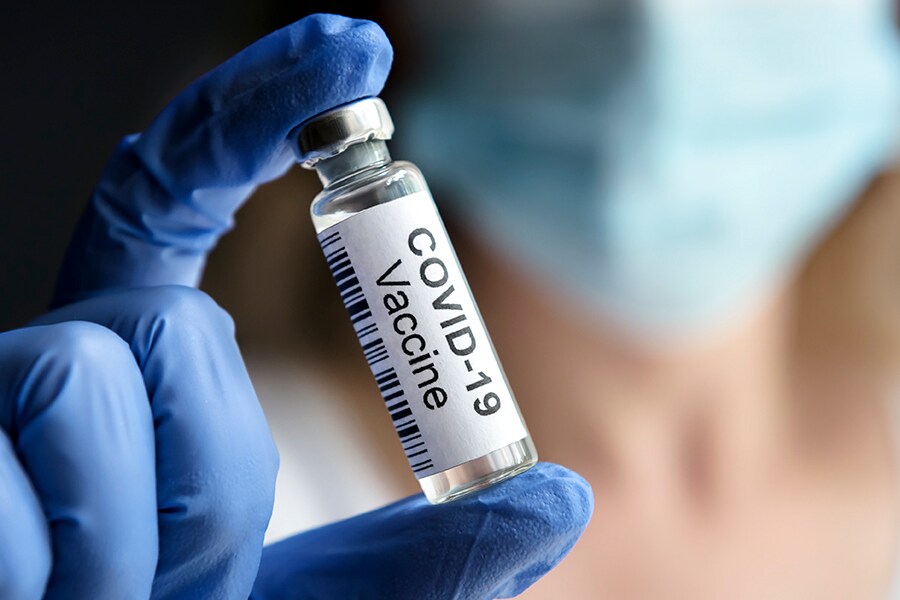
Opinion: The coronavirus vaccines were developed in record speed. Now, the hard part
When all is said and done, making the vaccine might turn out to have been the easy part
 Image: Shutterstock
Image: Shutterstock
The Food and Drug Administration is expected to grant emergency use authorizations to the first two coronavirus vaccines in the next several days. The sheer speed with which doctors and scientists were able to reach this stage is a major achievement, and the early results for both vaccines are undeniably impressive. New vaccines normally take years to develop, and scientists initially worried.
But when all is said and done, making the vaccine might turn out to have been the easy part.
Earlier this year, before President-elect Joe Biden tapped her to head the Centers for Disease Control and Prevention, Dr. Rochelle Walensky ran a computer simulation to game out how a coronavirus vaccine might affect the continuing pandemic. Early reports that at least two vaccines were 95% effective at preventing illness were fueling hope that inoculation would bring the crisis to a speedy conclusion, and Walensky’s team wanted to see how realistic that hope might be.
Not very, it turns out. Walensky’s study found that the most important factor in a given vaccine’s success is not necessarily how well that vaccine works. It’s everything else: how quickly and strategically the vaccine is distributed across the country, how well received it is and whether people continue to abide by other edicts, like mask wearing and physical distancing. “We find that factors related to implementation will contribute more to the success of vaccination programs than a vaccine’s efficacy as determined in clinical trials,” Walensky and her co-authors wrote.
That’s especially bad news for the United States, which has invested billions of dollars into vaccine development, but very little into actually getting people vaccinated.
©2019 New York Times News Service




